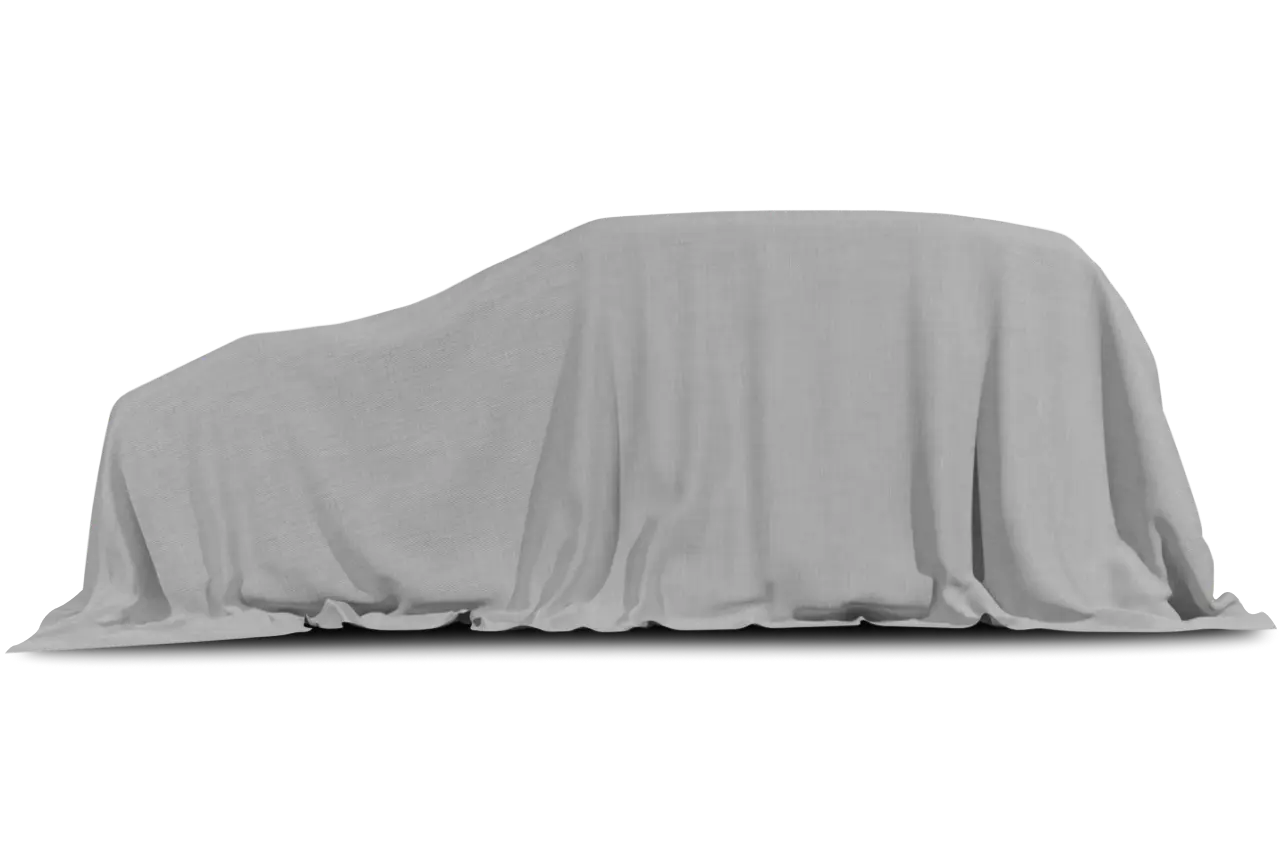
Each year since 1993, when I have tested a Jaguar I have said that it was the best Jaguar ever made.
I just spent a week in the 1998 Vanden Plas sedan, and I can tell you that the latest sedan is now the best Jaguar has ever made.
Ford took control of Jaguar in 1989. It took a few years for Ford to assess the situation, modernize Jaguar’s factory, design better parts and teach Jaguar workers how better to assemble the cars.
Since 1993, each year’s new models have improved in quality, performance and dependability.
Thanks to a better engine and an upgraded interior, Jaguar’s 1998 sedan can be compared legitimately to the industry benchmark, the Lexus LS 400. The Jag is just as smooth, quick and refined as the Lexus. Only time will tell if it holds together as well, but few automakers have equaled Jaguar’s gains in quality in recent years.
The improved mechanical specifications of the 1998 models, coupled to Jaguar’s gorgeously sculpted body, make for a completely satisfying luxury sedan.
PERFORMANCE, HANDLING
Jaguar has retired the trusty overhead-cam, inline, six-cylinder engine that has powered its sedans for nearly 30 years.
To keep pace with Mercedes-Benz, Lexus, BMW and others, Jaguar’s luxury sedans now sport a 4.0-liter 32-valve double overhead cam V-8 engine that develops 290 horsepower. The mighty XJR, a limited-production sports sedan based on the XJ8, has a supercharged version of the V-8 that cranks out 370-horsepower.
The standard V-8 is just fine for those who need not travel at supersonic speeds. It delivers excellent performance. The 4,000-pound sedan is quick and responsive from a stop and accelerates fast.
The engine produces a symphony of soft and lovely sounds as it winds up. The mechanical sounds the engine makes are part of what gives a Jaguar its unique character. When you turn the key, you know you are in something special. The V-8 engine is expected to require about a third less maintenance than the old six-cylinder. No valve adjustments are needed, the spark plugs last for 100,000 miles and oil changes come every 10,000 miles.
The Vanden Plas has a five-speed automatic transmission made by Mercedes-Benz. A switch on the console allows the driver to choose “sport” or “normal” shift modes. In the sport mode, the shifts are delayed slightly while the engine revs a bit higher; the car feels more spritely at lower speeds.
Jaguar’s four-wheel independent suspension system and the car’s two-ton weight flatten most bumps. The ride is extremely quiet and, in most instances, billiard table smooth. The Vanden Plas has a wheelbase that is almost five inches longer than the standard XJ8 and XJR. The extra distance between the wheels also helps smooth out the ride.
I was a bit disappointed in the car’s power-assisted rack-and-pinion steering system. It felt fairly wooden. For instance, many times the wheel would not automatical ly return to center when I drove out of a curve. However, the car can turn a circle in 40.7 feet, which is not bad for a large car.
The power-assisted, four-wheel anti-lock disc brakes are superb. The pedal felt a bit soft at first, but the brakes bite hard when you need to stop quickly. The Vanden Plas comes standard with two traction control systems. One reduces power to the engine when the wheels lose their grip on slippery roads, and the other uses the rear brakes to ensure that the car goes in the direction of the front wheels.
FIT AND FINISH
With its revamped interior, perhaps the last reason to reject a Jaguar sedan has been removed.
Previous models had a hideous keypad-type switch system behind the steering wheel that required drivers to twist and contort their hands and make all kinds of strange movements to turn on the lights and access the car’s computer.
Now most of those switches are on the end of the turn signal lever or on thed sh. The fog light switches are on the left of the dash, while the fuel information and trip odometer buttons are on the right. Everything now is easily accessible.
The Vanden Plas’ sumptuous interior is adorned with shiny planks of wood, thick, soft leather upholstery, and wool floor mats. If it had a fireplace, the Vanden Plas would be as cozy as an English castle – and just as secure. This year’s models have four air bags, two up front and two on the side. Door beams provide side-impact protection.
Because the Vanden Plas is the top-of-the-line model, options are few. The car comes with everything, including a power sunroof, power seats with memory, power tilting steering wheel, power trunk release and a full menu of accessories. The only option in our test car was the premium sound system, which tacked $1,800 on to the window sticker.
Jaguar’s sedans traditionally have appealed to Anglophiles determined to drive the English luxury cars even if the quality was deplorable. Such is the powerful allure of Jaguar’s timeless styling.
Now as Jaguar’s engineering and quality become world class, the marque seems poised to leap into the mainstream to compete head-on with Mercedes-Benz and the rest. Starting late next year, a smaller Jaguar with a lower price tag will be aimed straight at the BMW 5-Series and the Mercedes-Benz E-Class.
If this year’s solidly built Vanden Plas is a glimpse of what the future holds, the Germans and the Japanese will have one heck of a battle on their hands.
Specifications:
1998 JAGUAR VANDEN PLAS
LENGTH Overall 202.7
FRONT COMPARTMENT Headroom 37.0 Legroom 41.2
REAR COMPARTMENT Headroom 36.3 Legroom 39.2
WARRANTY Four-year, 50,000-mile drivetrain coverage, bumper-to-bumper protection and roadside assistance and six-year unlimited mileage rust protection.
MECHANICAL Drivetrain layout: Front-mounted engine and transmission, rear-wheel drive. Brakes: Power-assisted four-wheel disc with ABS. Engine: 290-horsepower, 4.0-liter V-8 with double overhead cam and 32 valves. Transmission: Five-speed automatic.
OTHER MODELS N/A Inches unless otherwise specified
Truett’s tip: A revamped interior and the addition of Jaguar’s powerful V-8 engine have made the XJ8 Vanden Plas one of the world’s finest luxury sedans.




.jpg)